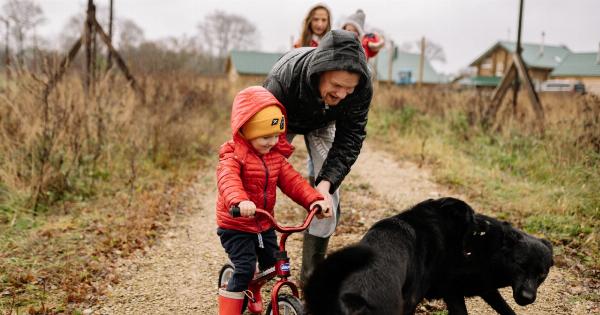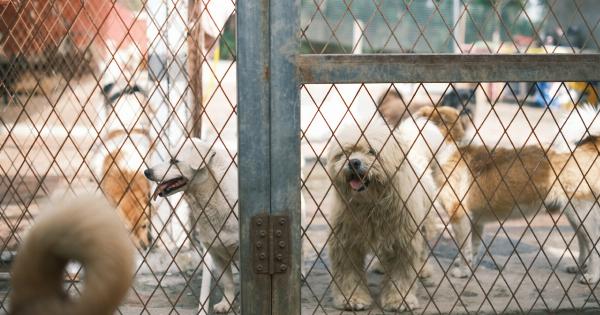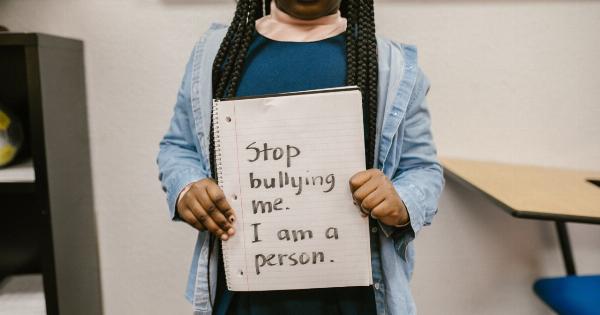As much as dogs are known to be man’s best friends, they’re also an essential part of family life for many families. Thus, it’s important that your kids know how to communicate and live around them.
Unfortunately, dog bites are common accidents seen in kids below the age of 15, and often, it’s due to the inability of children to read a dog’s body language. To prevent such accidents in your home, it’s best to teach your children about doggy communication. This article will help you understand how to teach your kids about doggy communication and how to interact with dogs safely.
Why is it Important to Teach Children about Doggy Communication?
Before teaching your kids about how to communicate appropriately with dogs, it’s essential to understand why it’s crucial to teach your child doggy communication.
Prevent Dog Bites
Dogs that bite children do so out of fear or anxiety. This is usually caused by the fact that the child doesn’t understand how to interact with dogs, or the child may do something that makes the dog feel threatened.
By teaching your kids how to communicate with dogs, they will understand how to respect and treat dogs appropriately.
Help your Children Build a Stronger Bond with your Dog
Dogs are social animals. They crave love and affection from their families. By teaching children about the rules of doggy communication, you’re improving the relationship between your children and your dog, making them inseparable companions.
Reduced Risk of Animal Cruelty
Kids who have no knowledge about dog communication are more likely to hurt a dog unintentionally.
Teaching your kids about how to read dog body language will help them appreciate dogs, and they can interact with them in a wholesome way, thus reducing incidents of animal cruelty.
Teaching Children to Understand Dog Body Language
Understanding dog body language is crucial for communication with dogs. As children grow, they learn how to read verbal communication and social cues. The same principles apply when interacting with dogs.
Here are ways to help your kids understand a dog’s body language.
Doggy Communication Signs
Teach your kids several dog-based signals and what they mean. They include wagging tails, barking, growling, raised hair or prickly ears, alert stance, and submissive behavior, among others.
These signals differ from one dog to another, and your child must observe your dog’s behavior so that they can understand its unique cues.
Eye Contact
Avoid eye contact with an unfamiliar dog. Tell your child to look away when making a new introduction to avoid sending any message of aggression.
Avoid Tail-Pulling and Ear-Tugging
Many young children tend to grab and pull on the tails and ears of dogs, which can cause the dog to feel threatened and lead to an aggressive response. Teach them how to avoid this and the importance of being gentle.
Allowing Space
Dogs require space while eating or sleeping. Be sure to tell your child to avoid disturbing a dog that’s in the process of eating or sleeping.
Encouraging Soft Touch
Tell your child to pet dogs gently. They shouldn’t drag or harm the dog’s fur, as dogs might find this irritating and aggressive.
Safe Interaction between Children and Dogs
Teaching proper communication methods for dogs is part of teaching children how to interact with dogs safely.
No Interaction with Unknown Dogs
If they receive permission from the owner to touch and pet an unfamiliar dog, the child needs to approach the dog calmly and quietly.
Proper Meet and Greet
When your dogs meet someone new, it’s vital to do it in a controlled and safe environment. Ensure your child doesn’t make sudden movements or loud noises when approaching the dog.
Similarly, teach them how to approach the dog slowly and avoid direct eye contact when meeting a new dog.
Avoiding Rough Play
Tell your child to avoid rough games such as tug of war or chasing games with dogs. Such games may excite the dog and lead to aggressive behavior.
Behaving Appropriately around Dogs
Your child needs to learn how to behave appropriately around the dog. For instance, dogs require time to get used to strangers.
If an unknown person approaches a dog, dogs may respond unpredictably, and your child must know how to avoid any sudden movements or noises.
Conclusion
Teaching children how to communicate effectively with dogs is an essential task that every parent or guardian must undertake. It’s a sure way to keep dogs and children safe and happy.
By teaching your children how to understand and respond to dog body language, you’ll be strengthening their bonds between them and your dogs. Teaching children how to behave appropriately around dogs and other animals help reduce cruelty towards animals.































